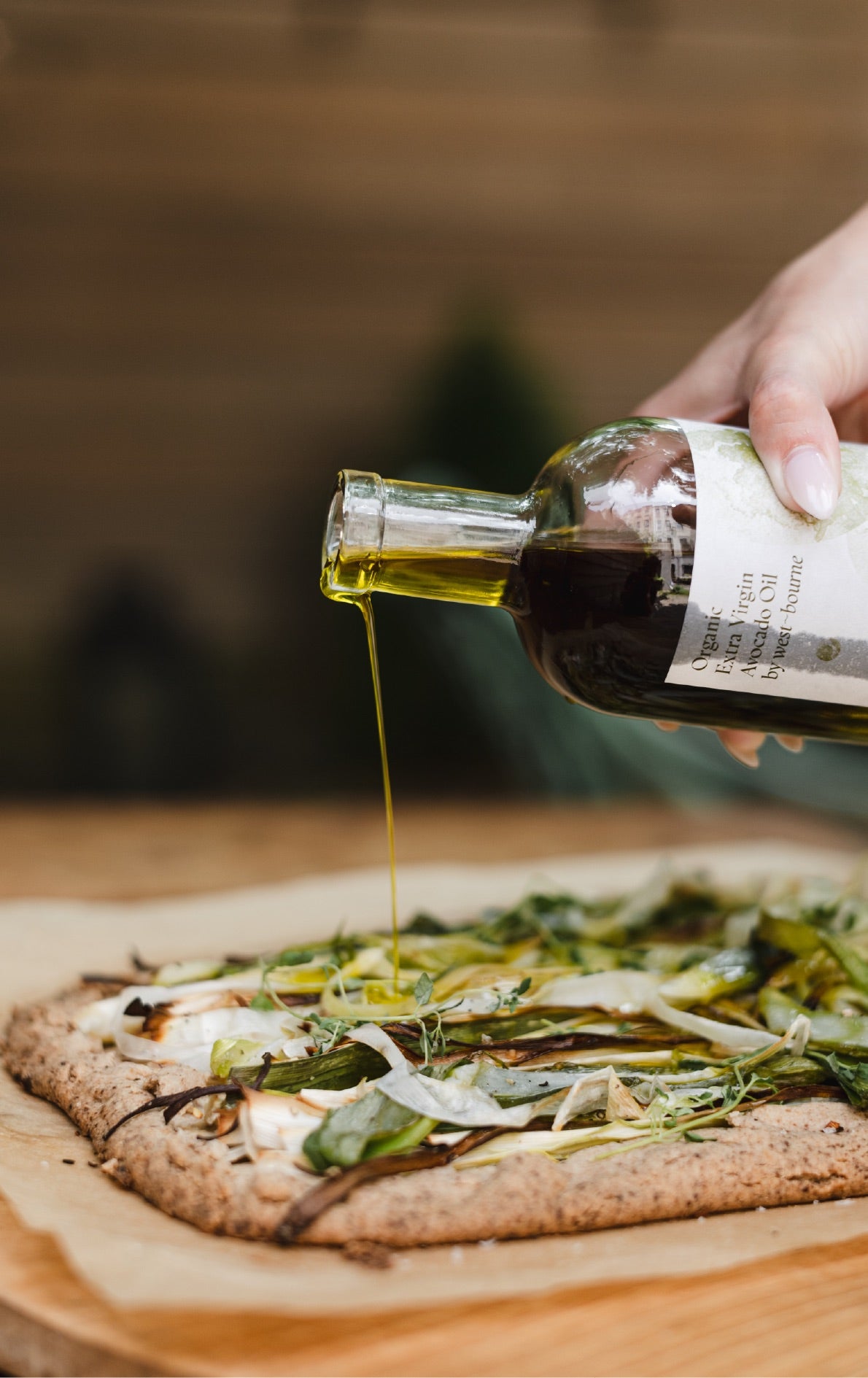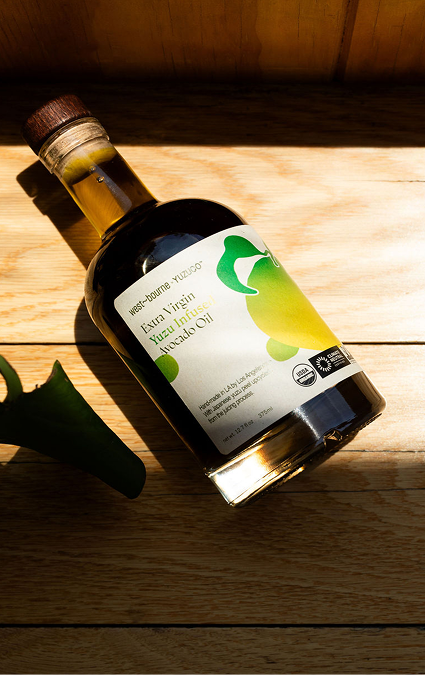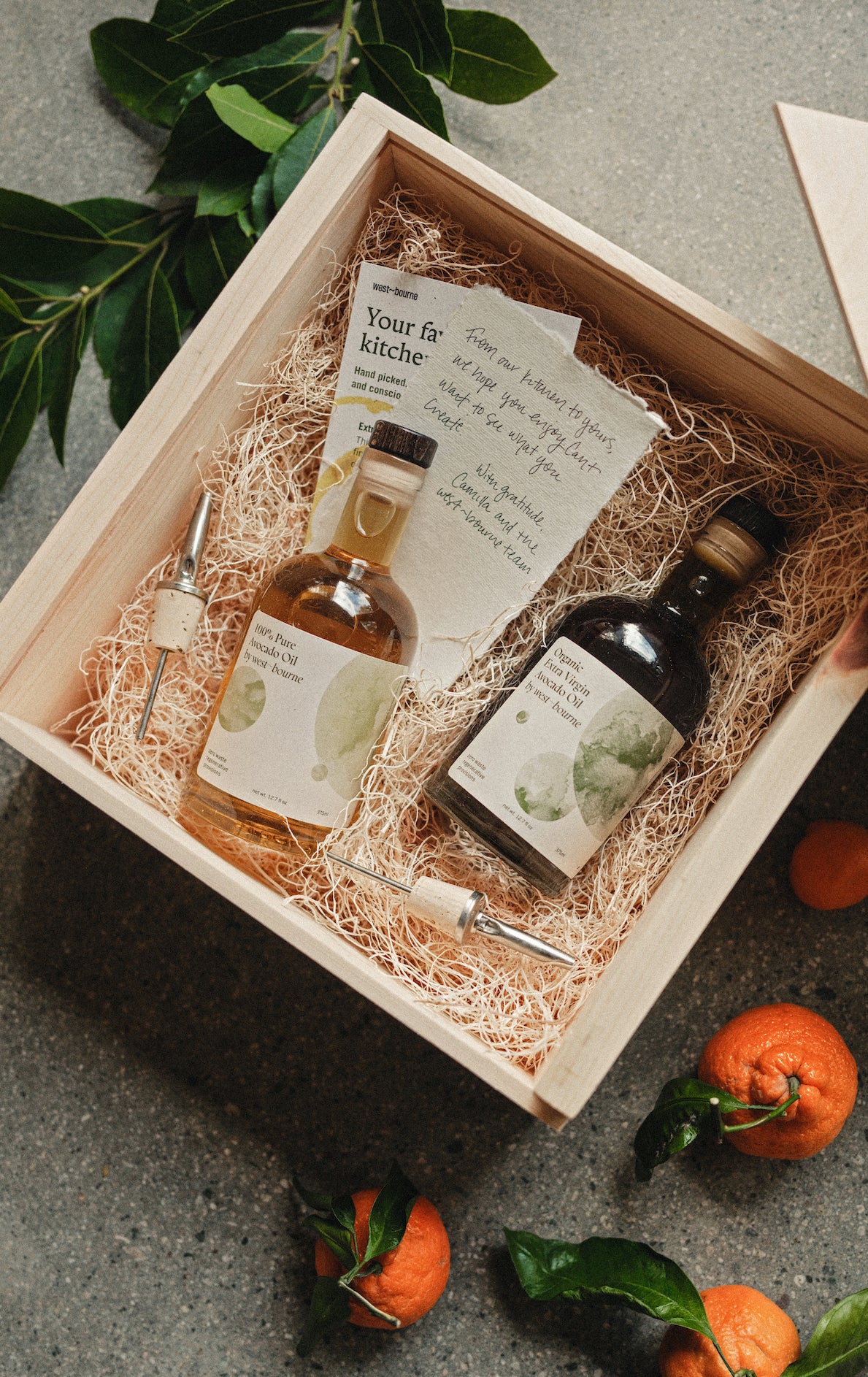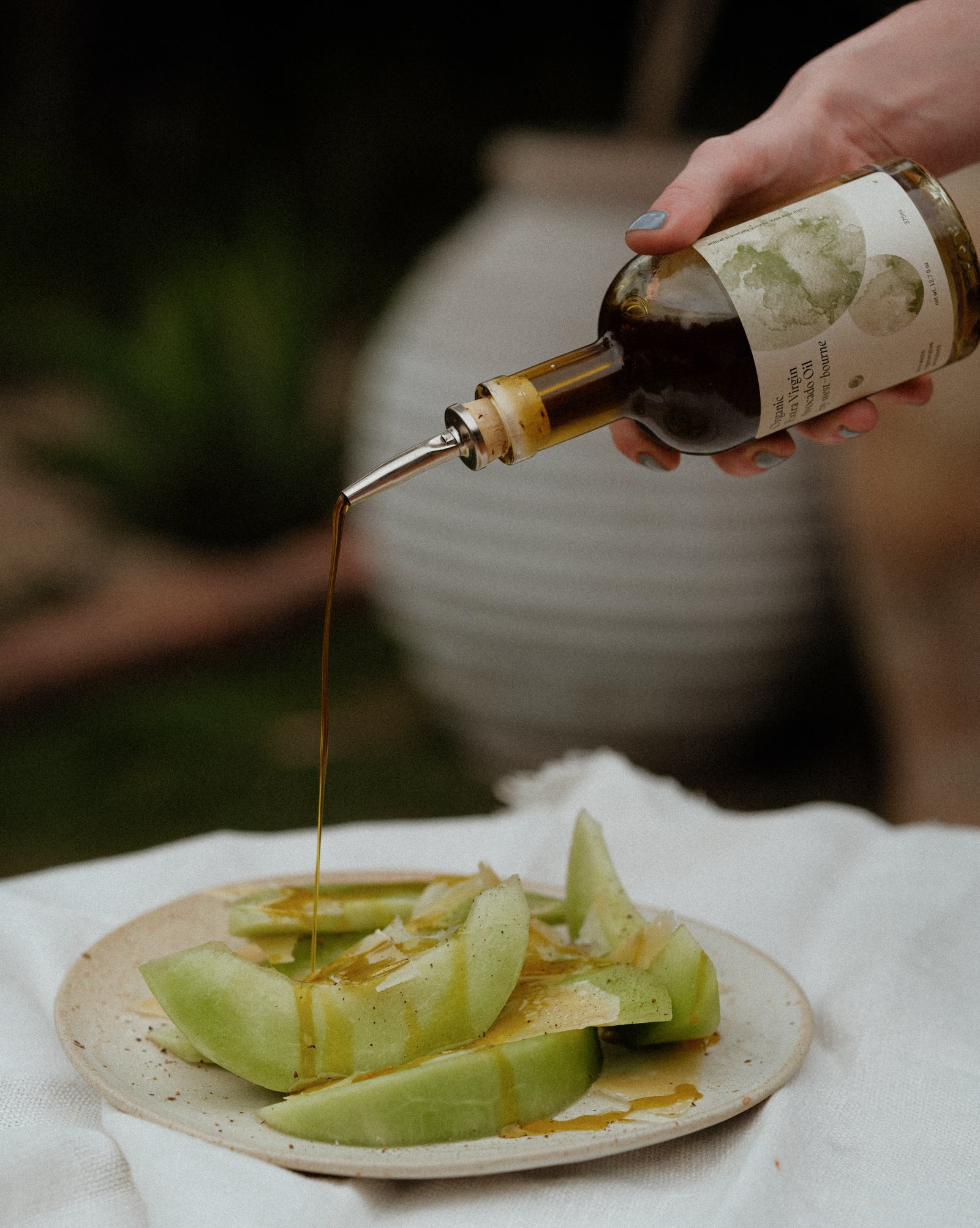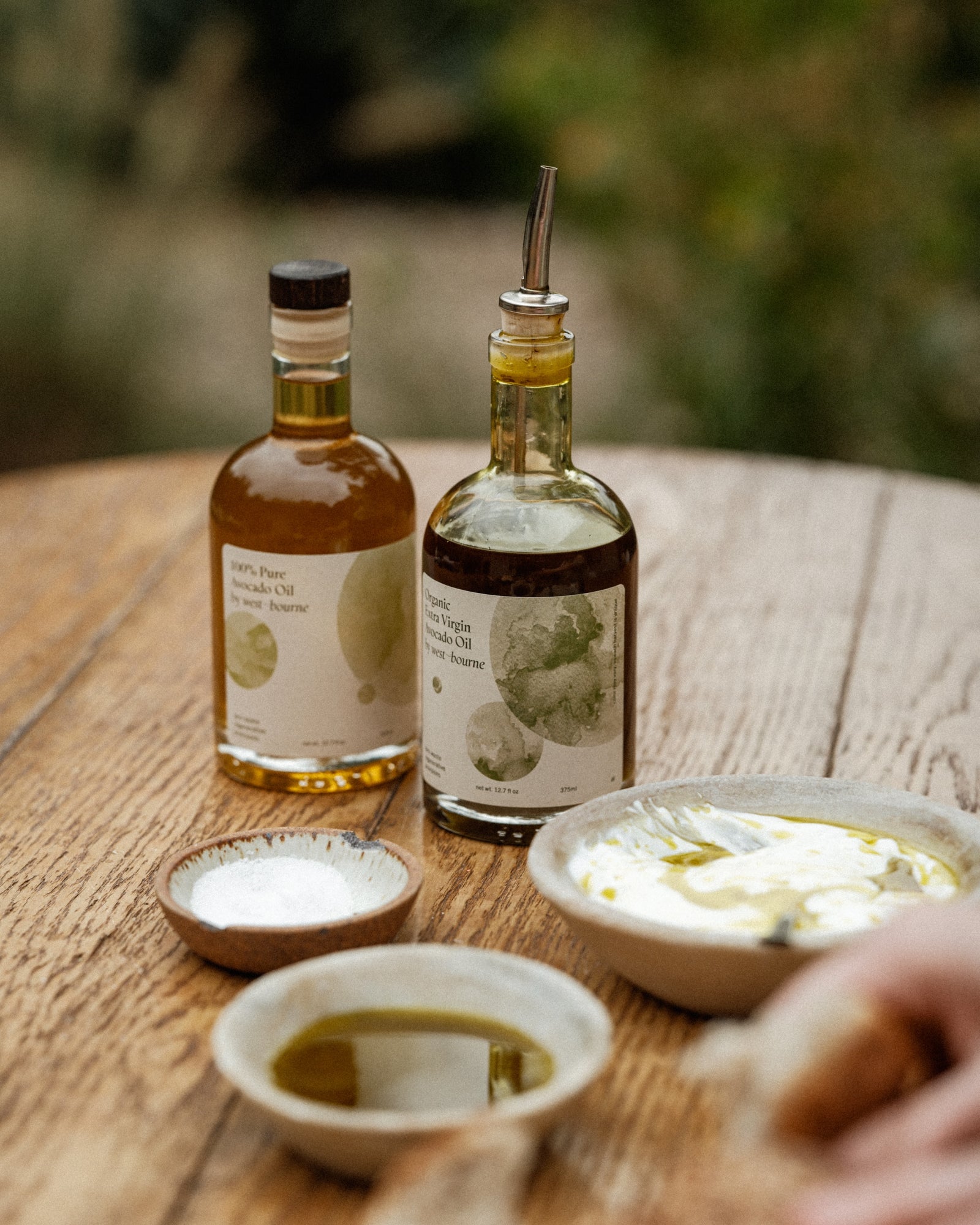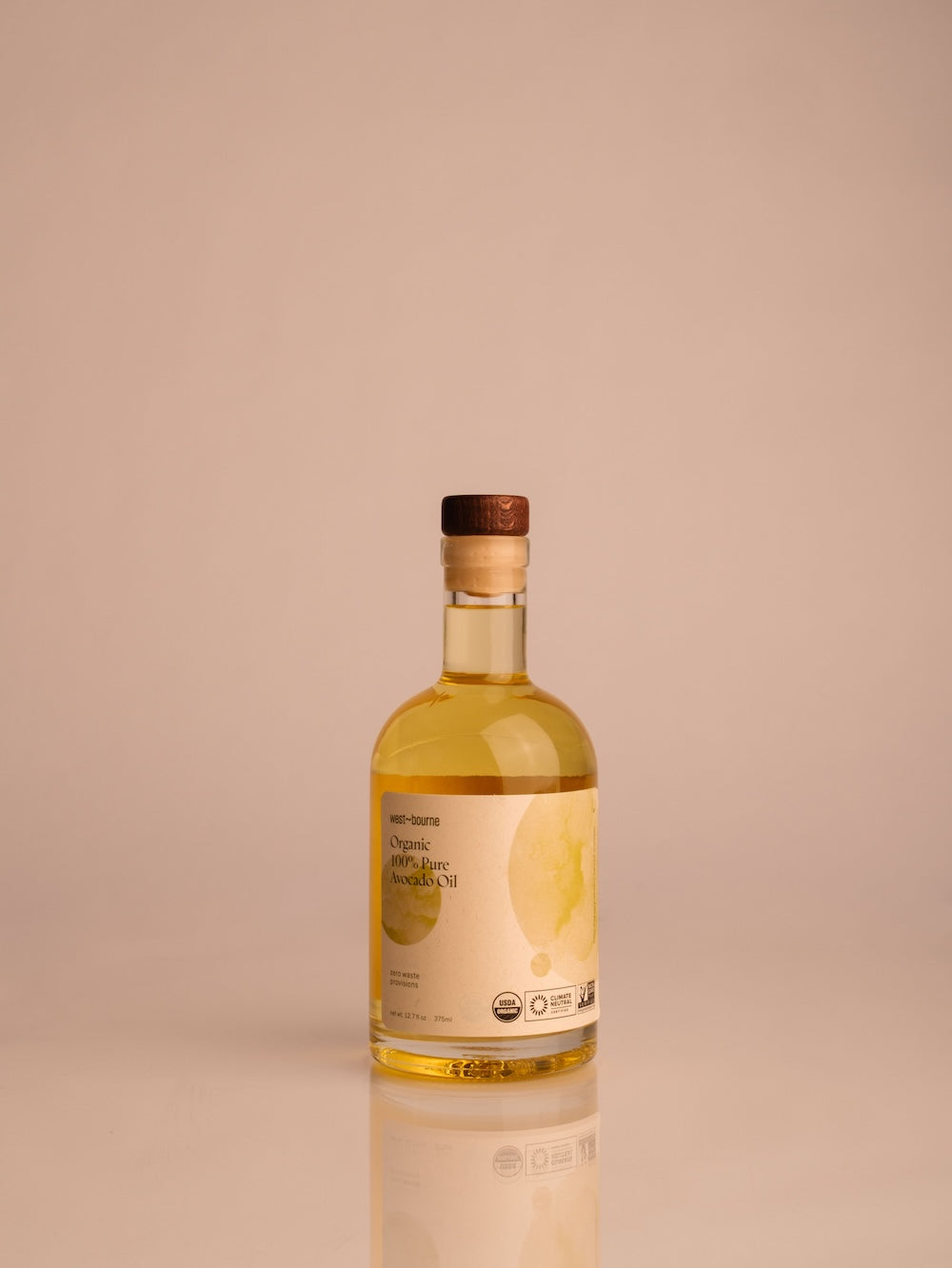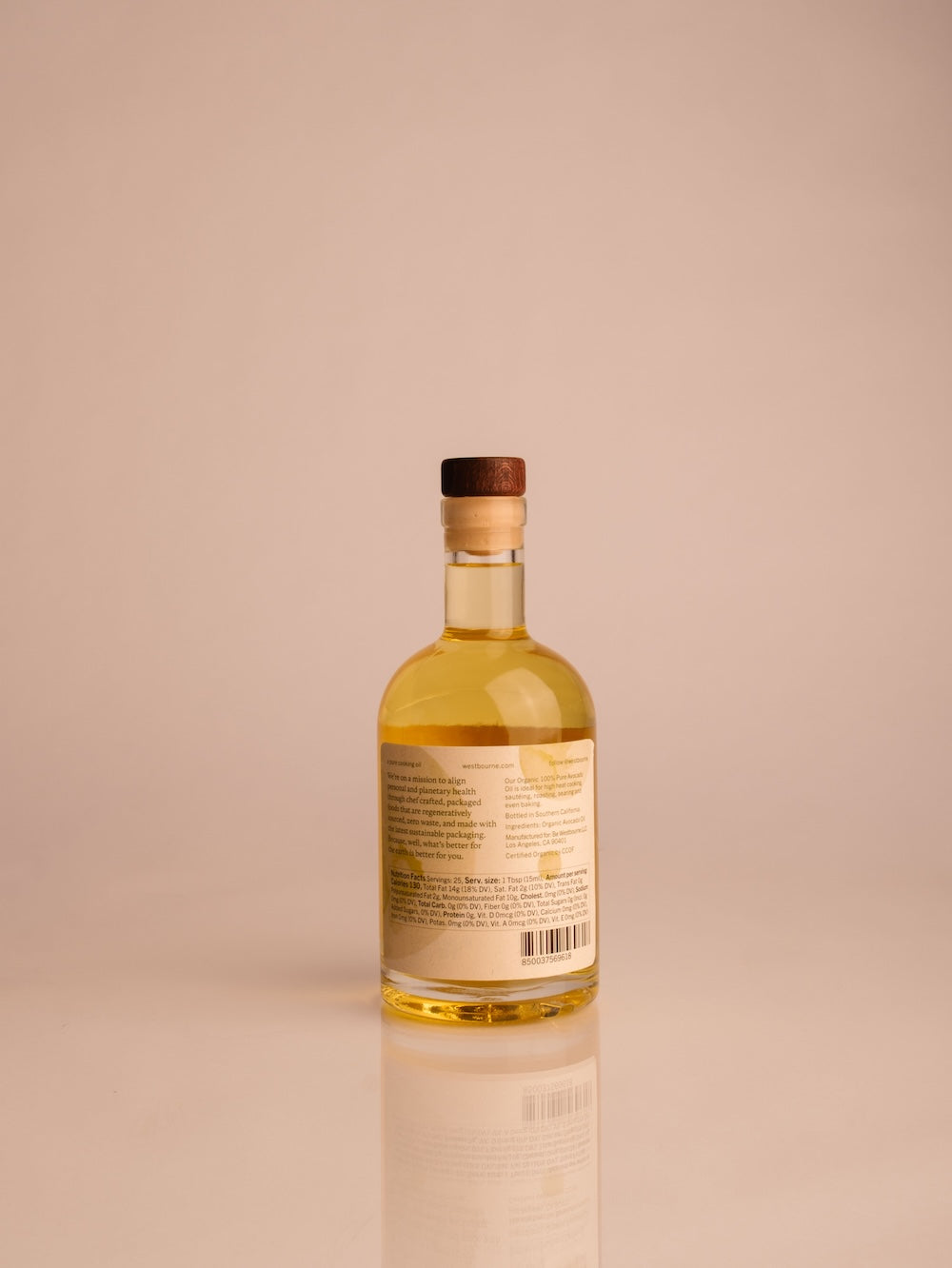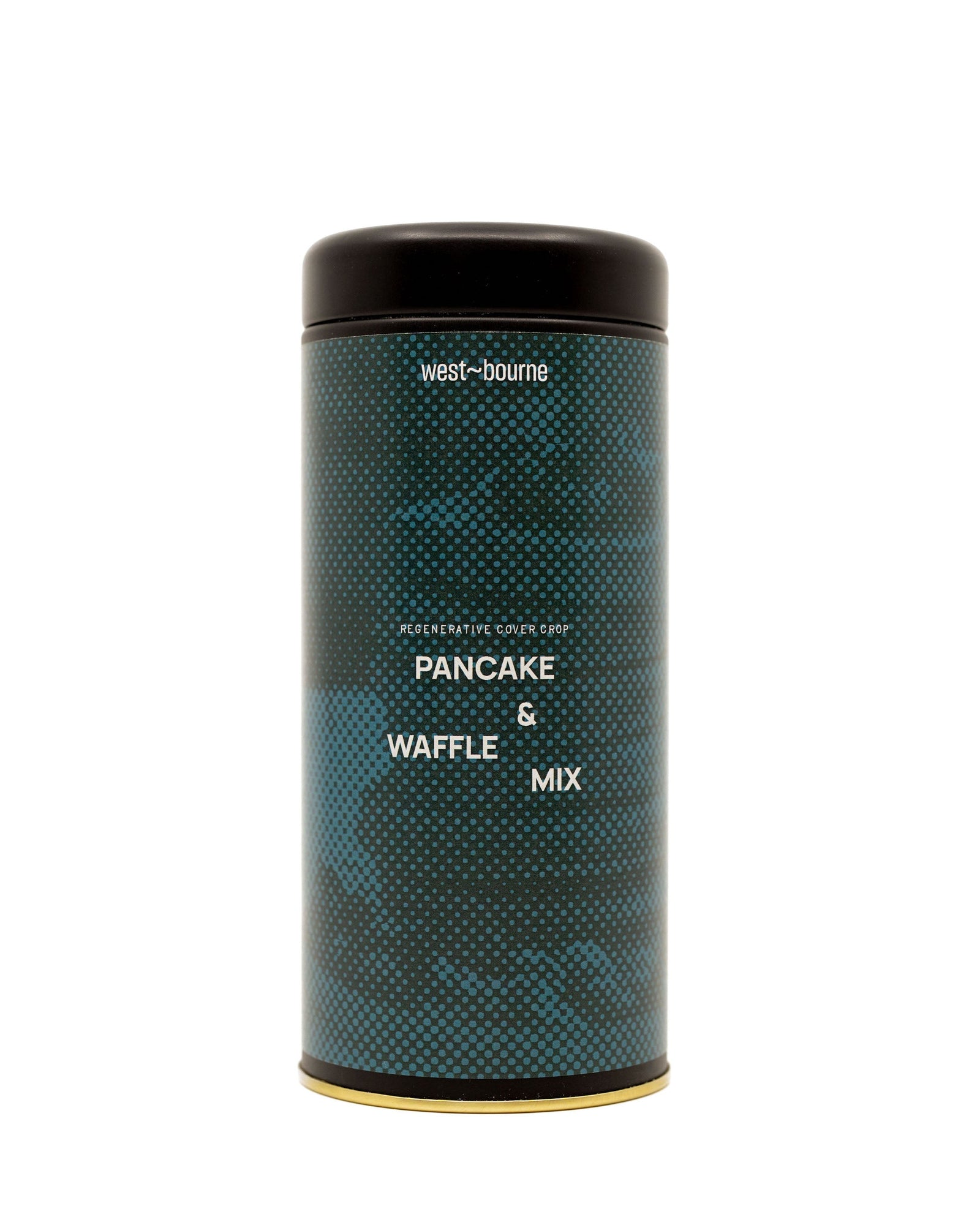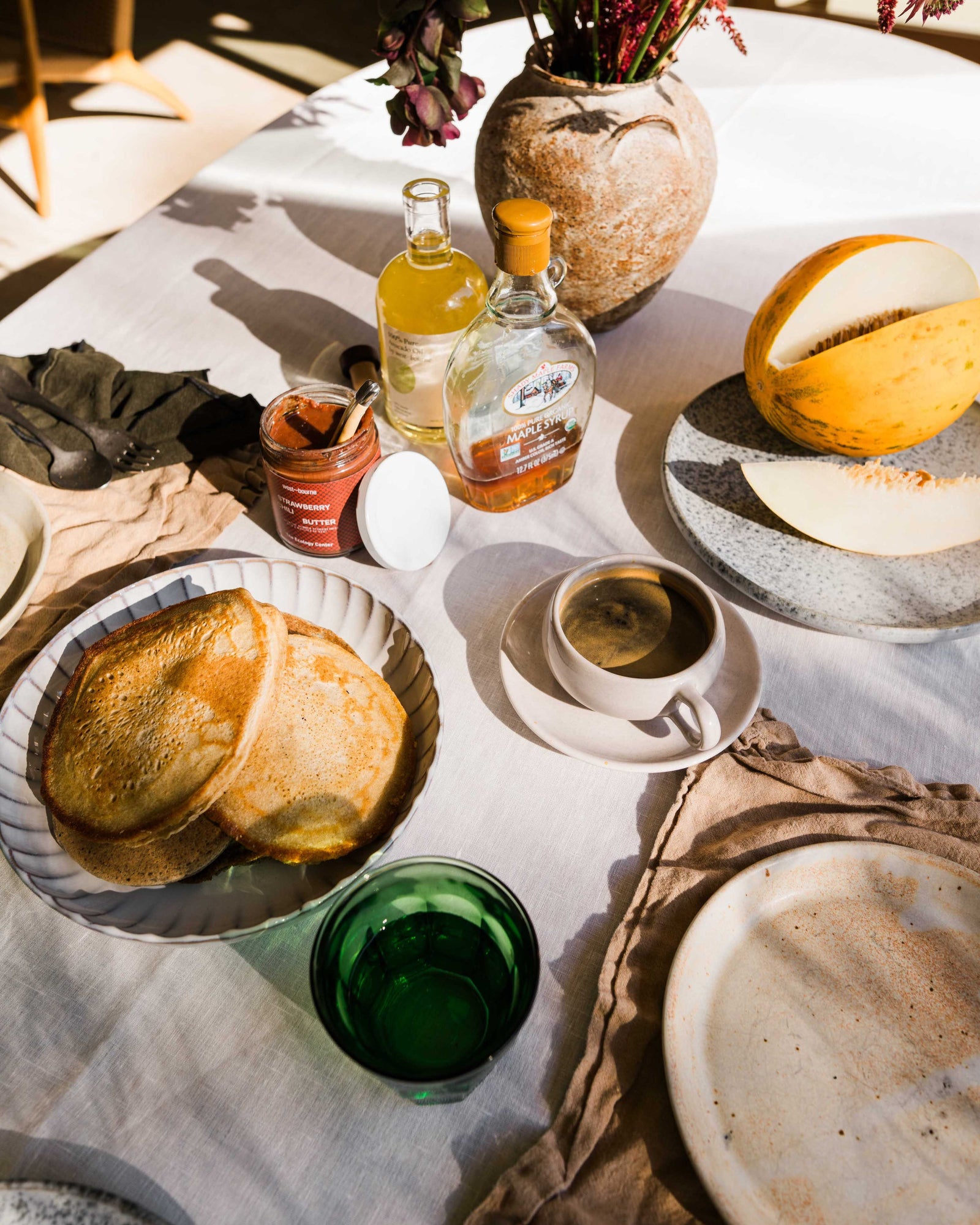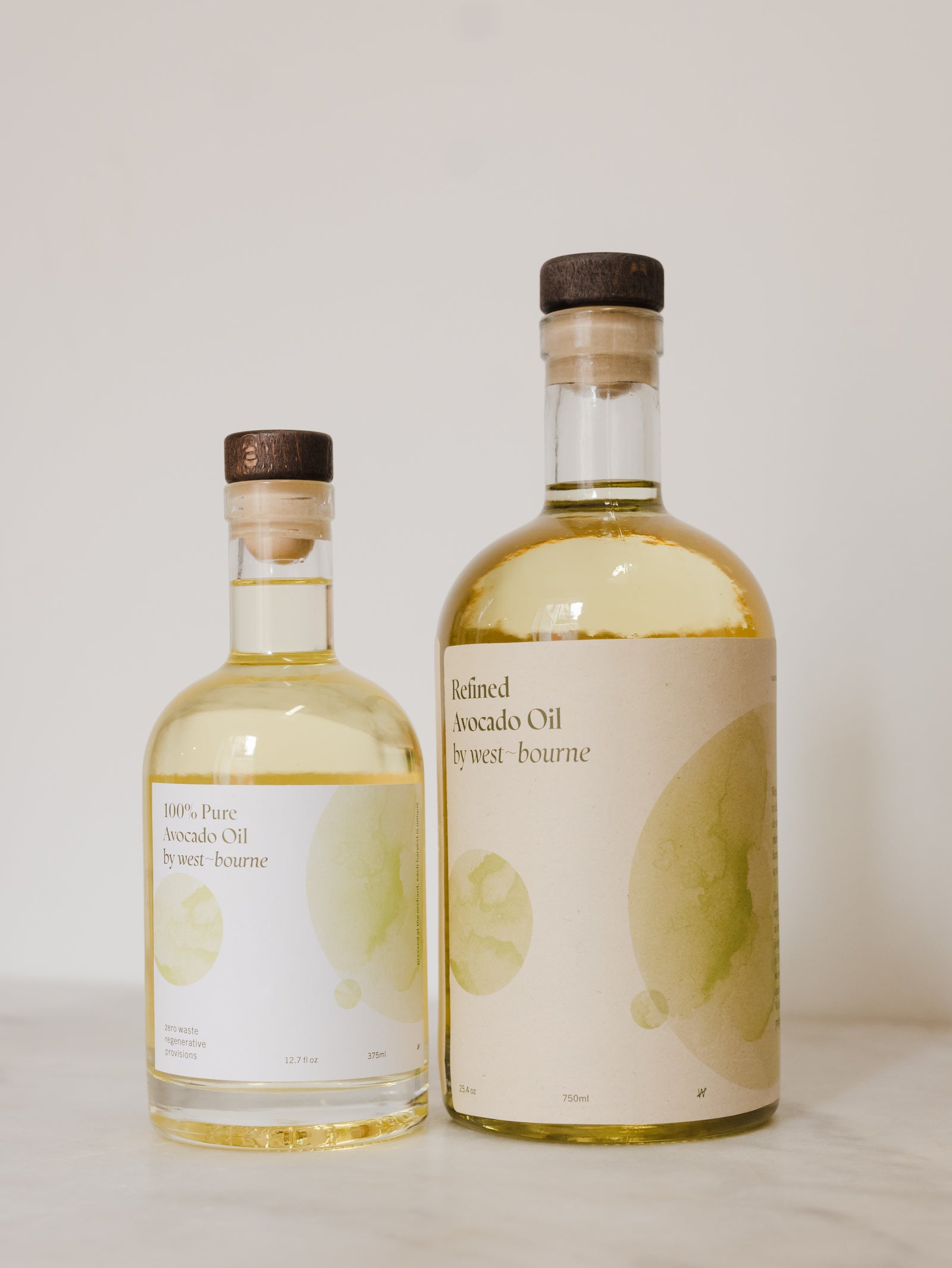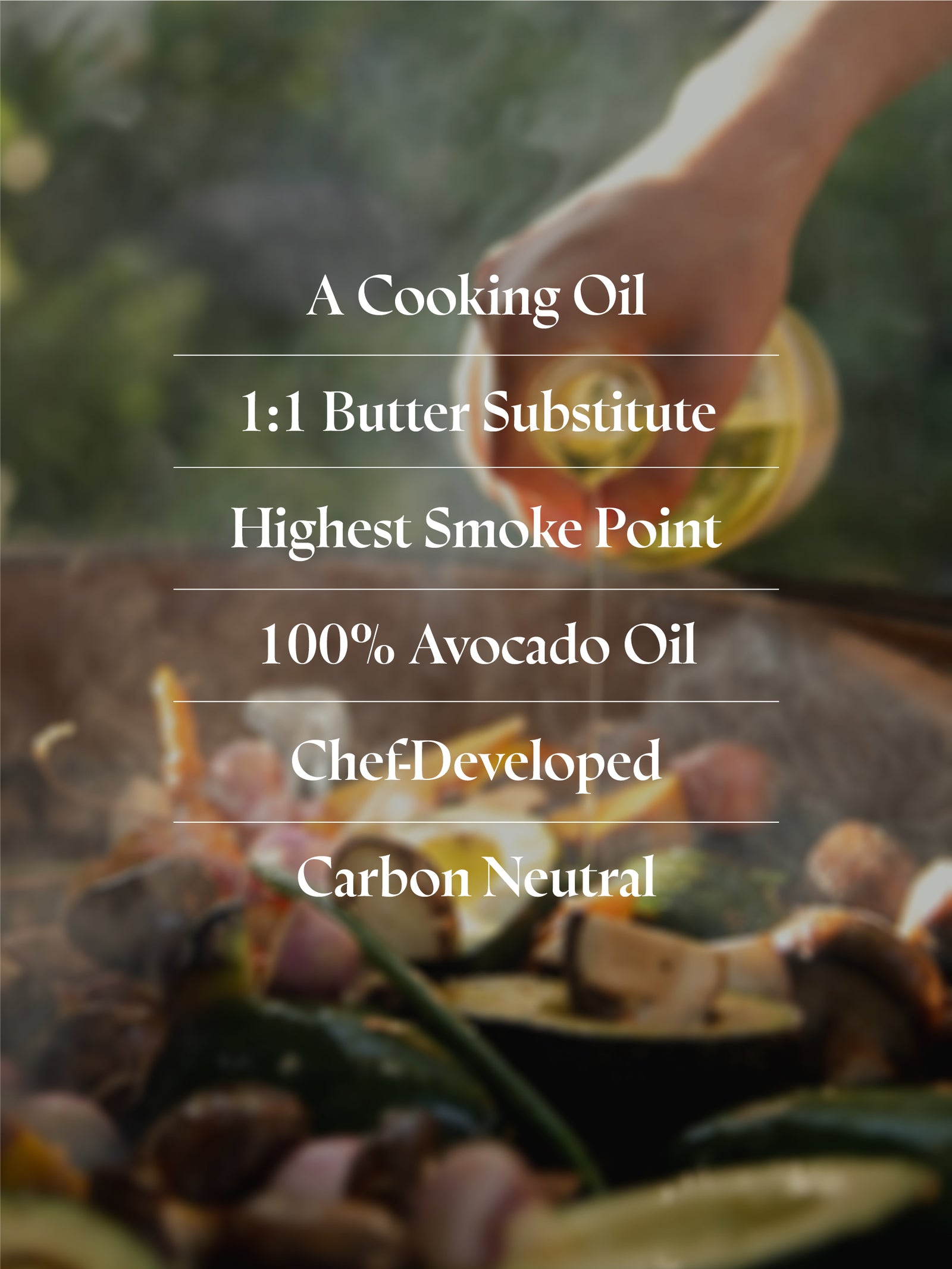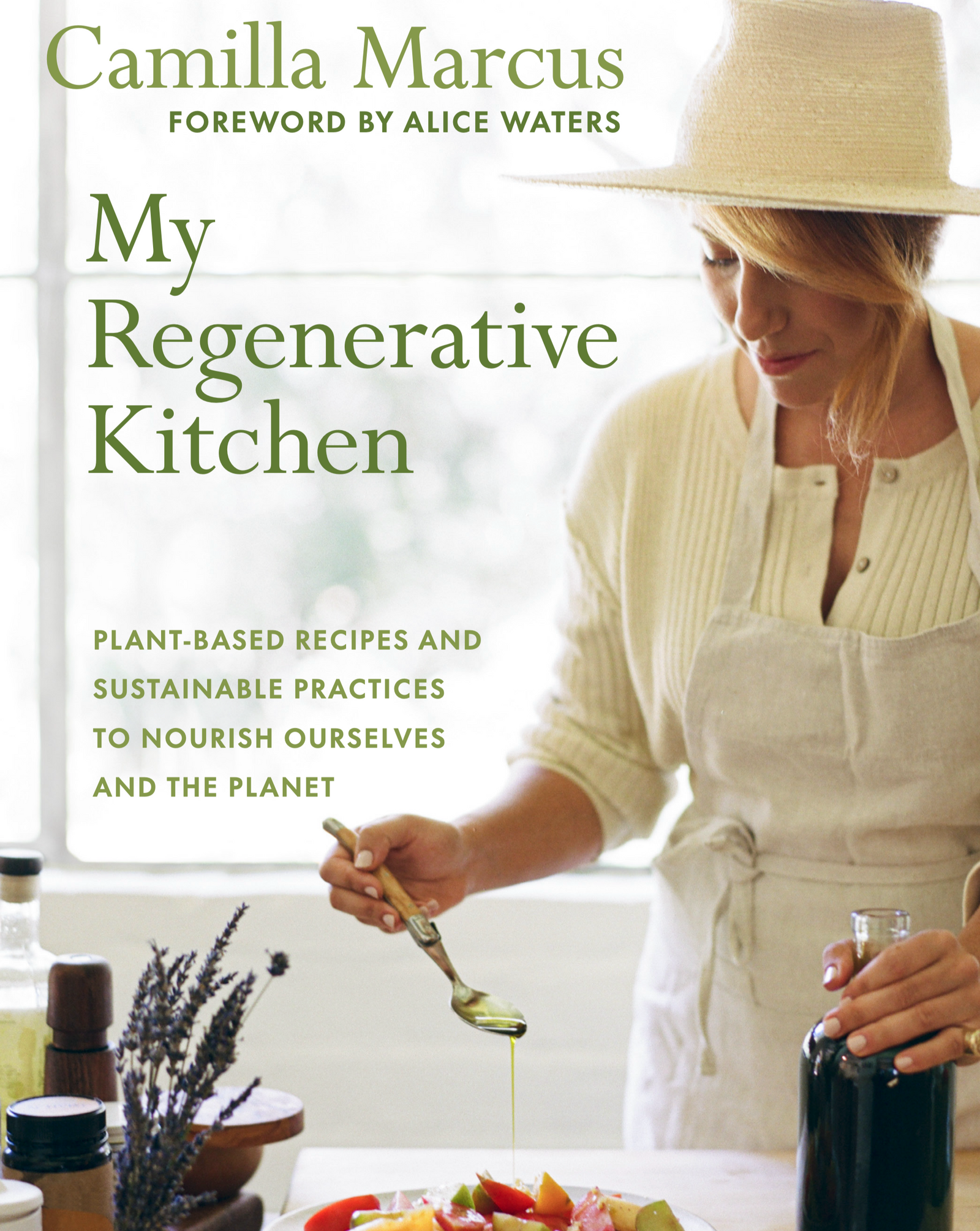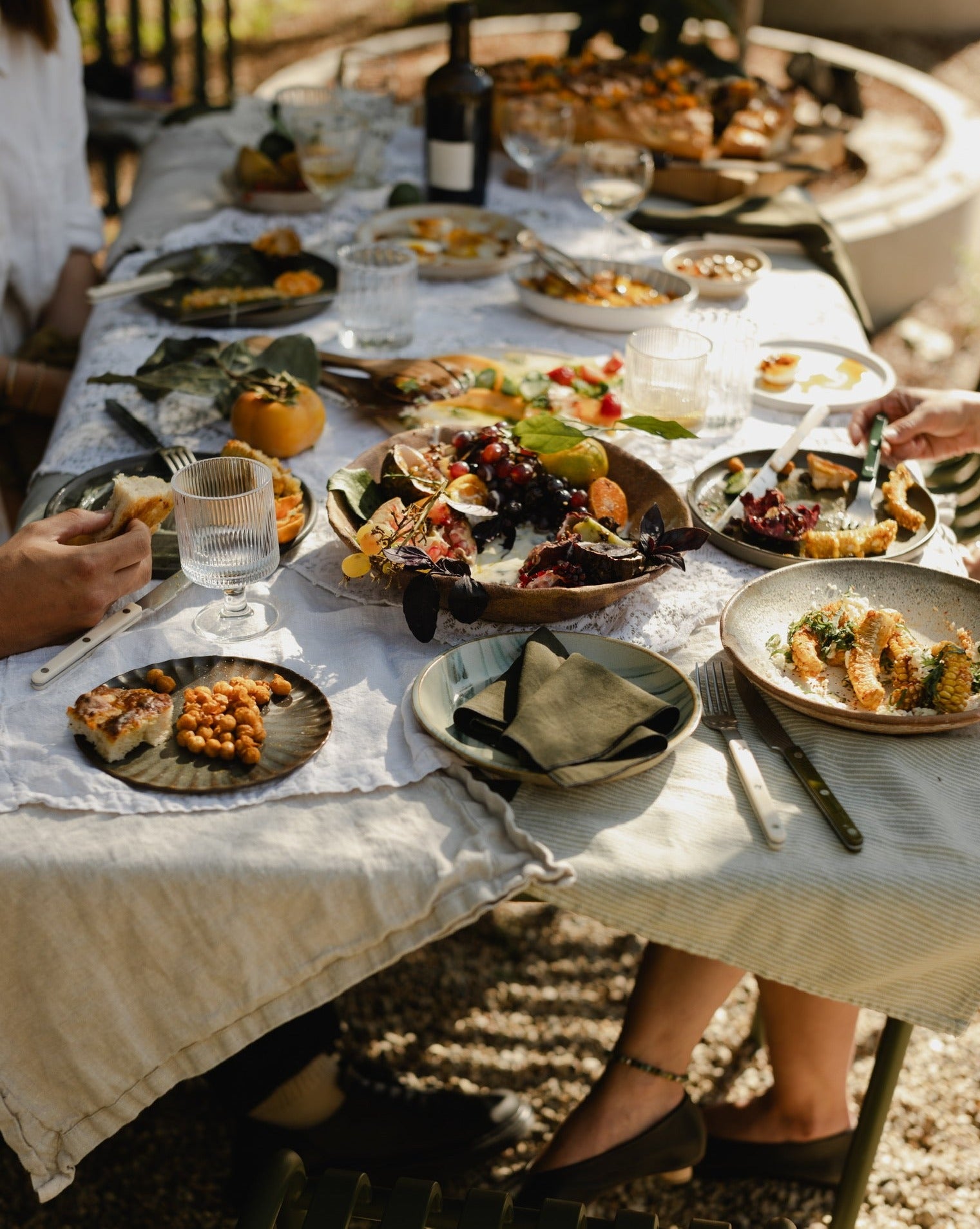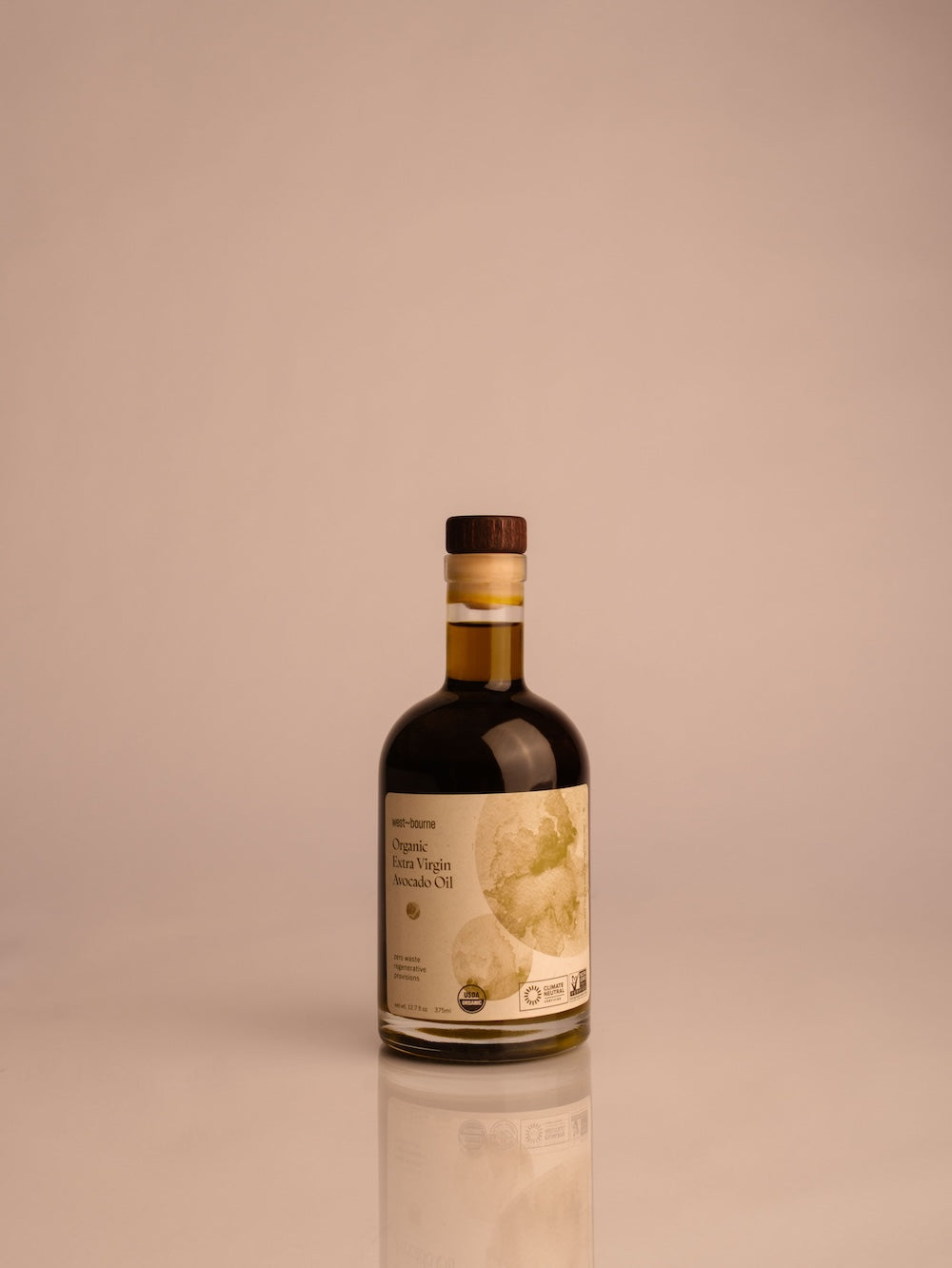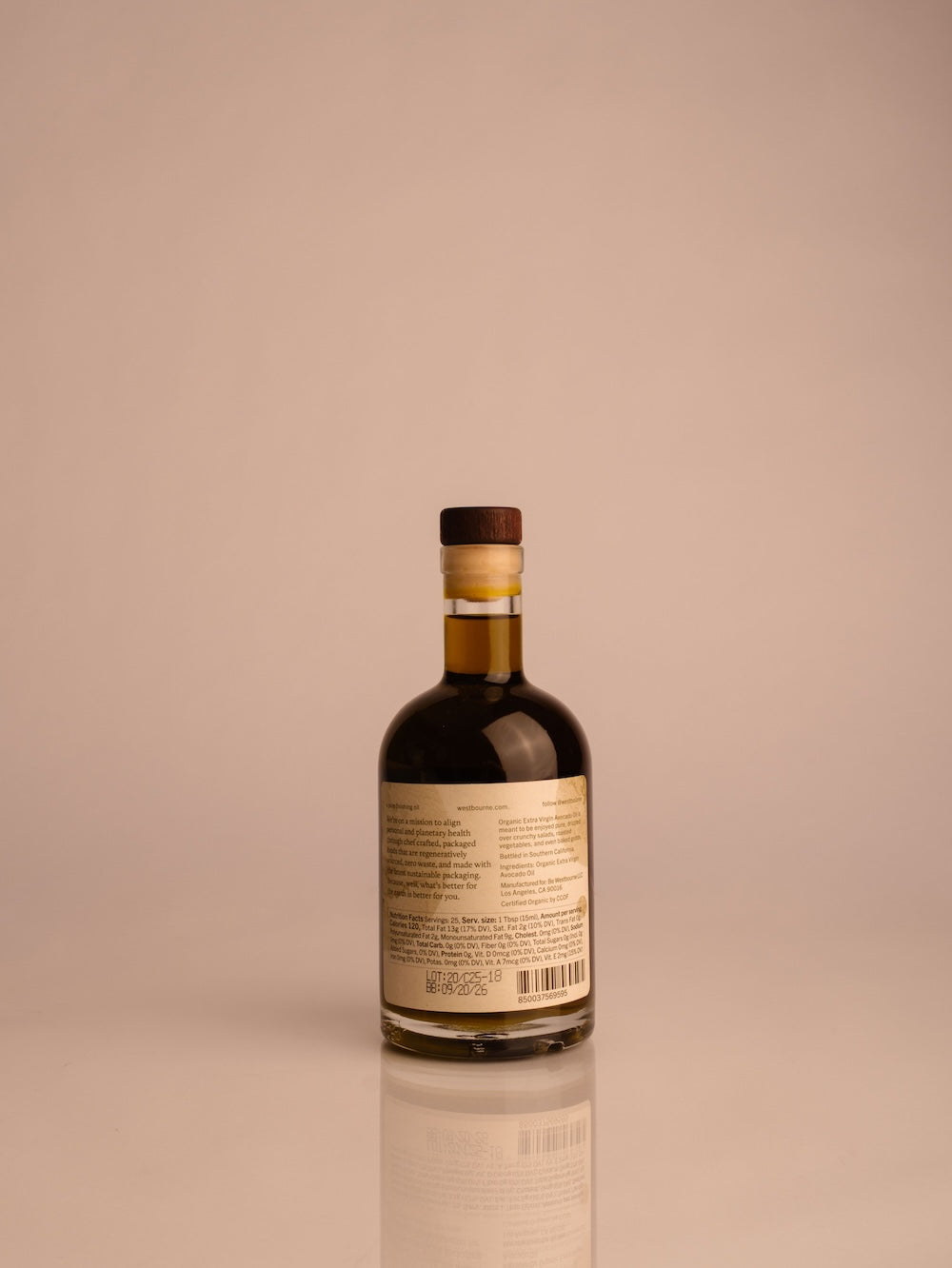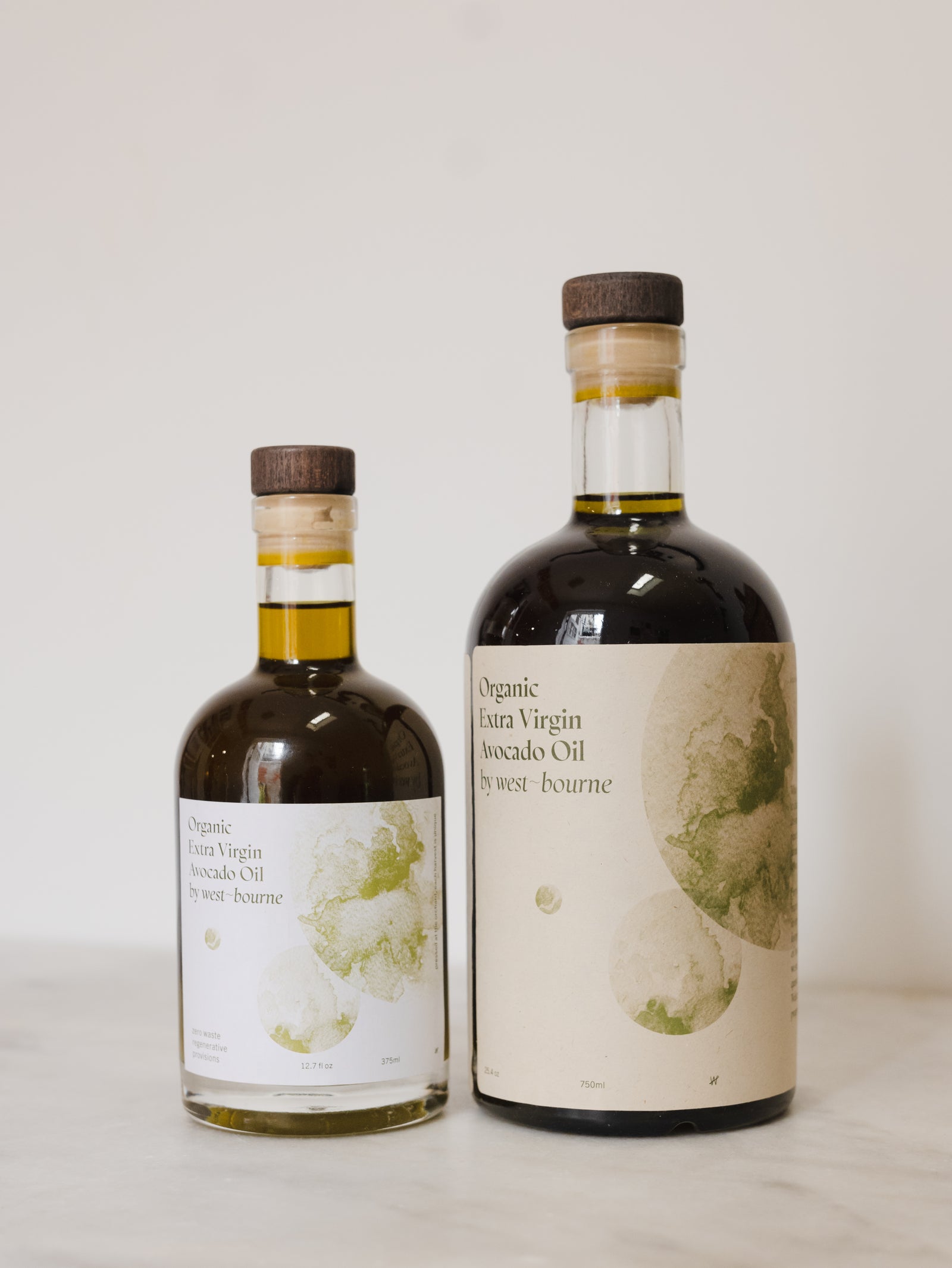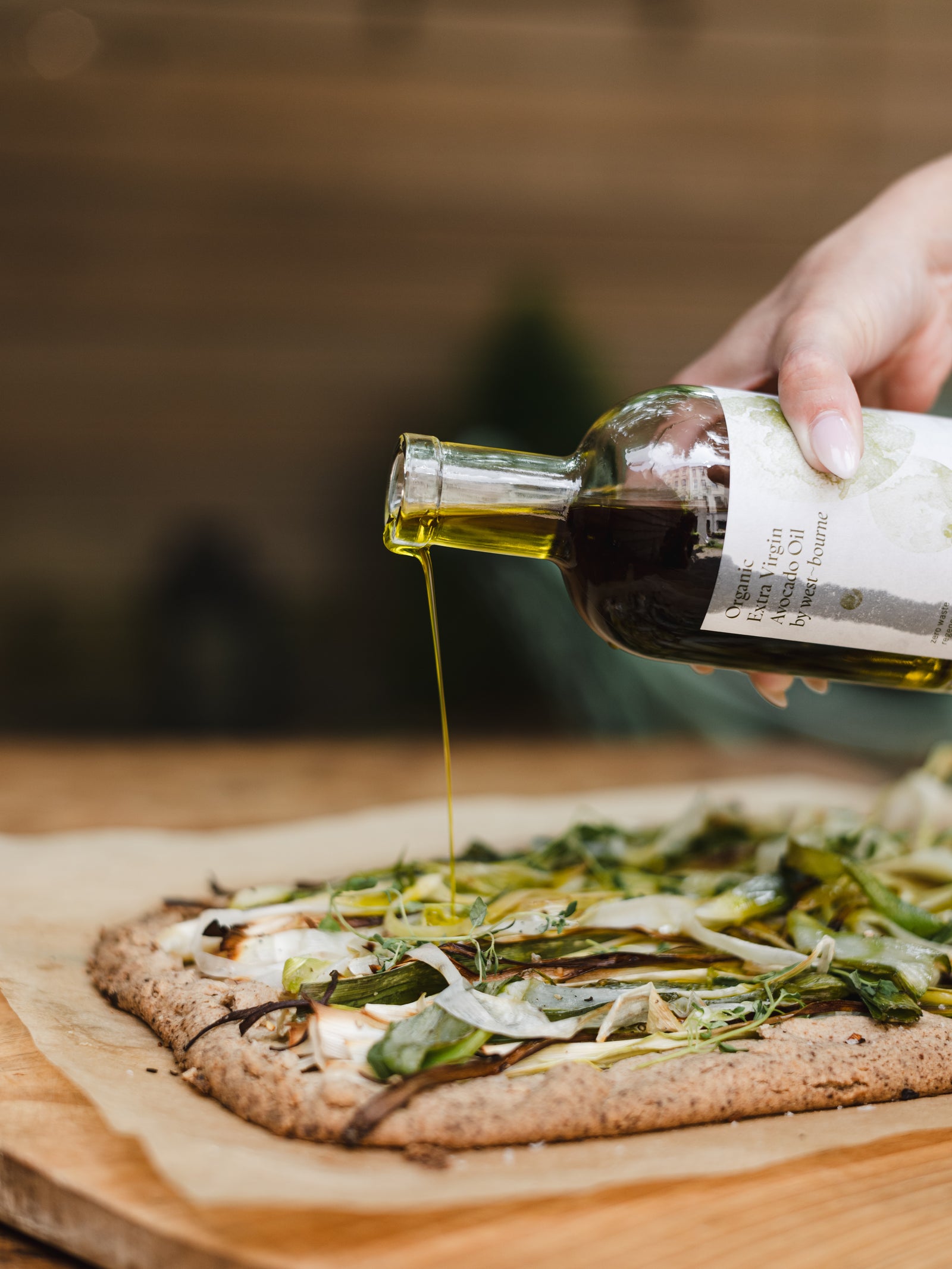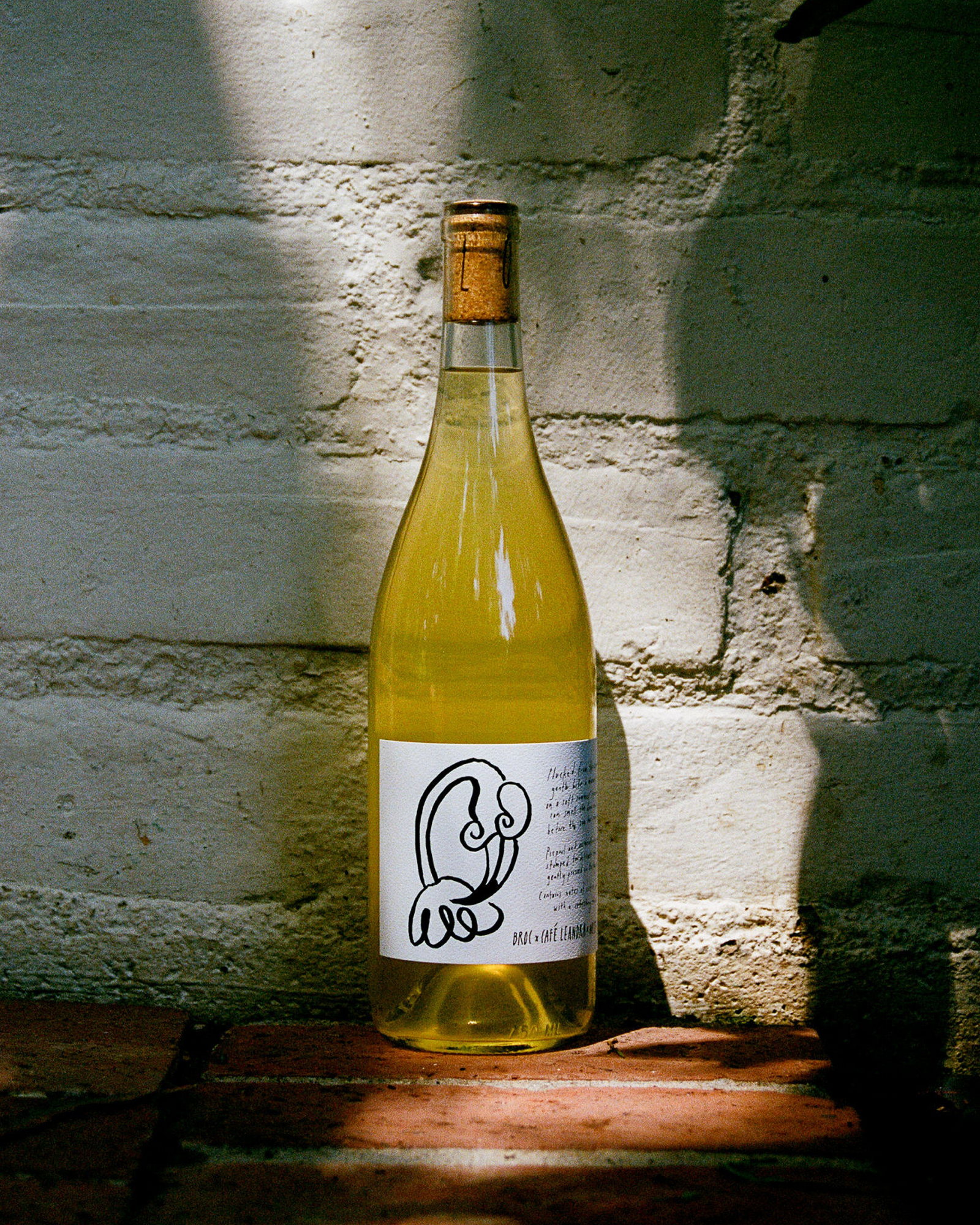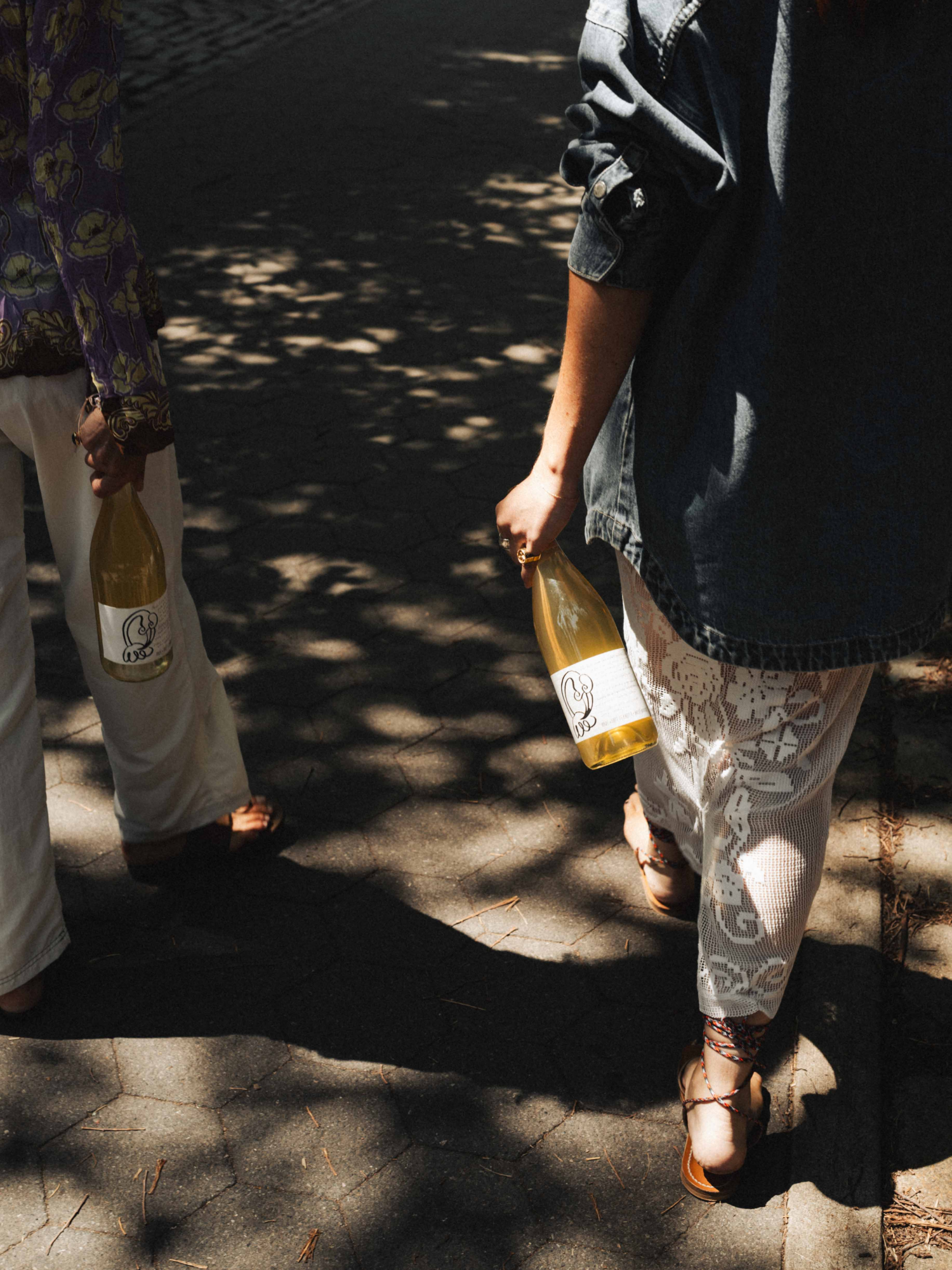Main Meal: Samantha Rogers
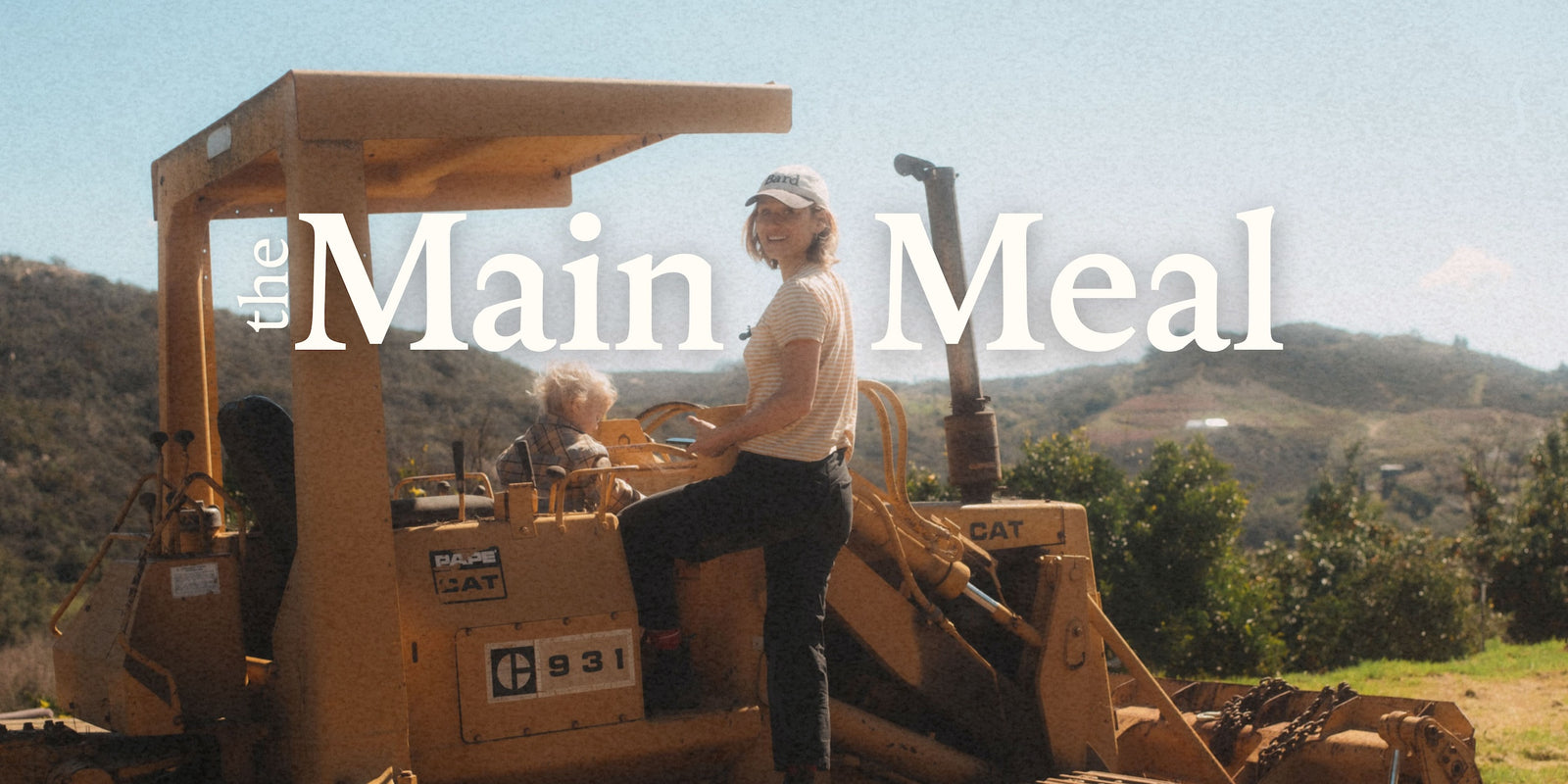
Sam Rogers of Sam Loves The Market is not a chef or a farmer, but she has a way of making even the crankiest curmudgeon love a radish. Her passion, enthusiasm, and knowledge of produce and farming have landed her as a farm liaison to some of the top chefs in Los Angeles. As she moves and groves through the seasons, she starts to turn her attention away from the kitchen and into education. And her favorite color is yellow. Duh.


Where did your journey being a market and farm guru start?
HAH! I would never call myself a guru, but I'm definitely very passionate. Growing up, I never cared much for food—not what it tasted like nor where it came from. It just wasn’t on my radar. All of that changed dramatically when I moved to upstate New York for college. Suddenly, I was surrounded by small family farms and the picturesque agrarian dream. I fell in love. My friend's family hasOld Field Farm in Cornwallville, and we would escape there on the weekends. Her parents raised pigs surrounded by chamomile, the honey came straight from the hives, and Anna would have to wake up at 5 am every morning, begrudgingly, to let out the chickens. There were artists staying in yurts next to the tomato fields. I had never felt such a sense of peace and purpose—and it is also where I learned about how incredibly good food can be. I switched my college thesis’s focus from advertising to small family farms in the northeast. I drove around and interviewed farmers (seems nothing has changed - still at it!) about their families, their farming practices, how they make a living, and their challenges. I dove deep.
After some time on the East Coast, I found myself back in Southern CA, where I was born and raised, but this time with a whole new focus…. Who knew there’d been top farmers' markets and farmers all around me? There was suddenly so much to explore, and I wanted to learn everything I could. I knew Sara Kramer from New York, and she and Sarah Hymanson had just opened Madcapra and needed some help with sourcing. I sprang at the opportunity. This “farm liaison” job didn't exist back then (I sound very old). Chefs went to the market themselves, usually with a young line cook in tow who had to carry all their produce. However, having chefs exclusively go to the market was limiting. Having the role of farmers market liaison allowed the chefs to come in and check out the market without the added responsibility of placing orders, keeping up with moment-to-moment seasonal changes, or locating the unattainable, which turns out is attainable if you have someone focused on getting it for you.
By the way, I had zero idea what I was doing, but I didn't have an ego about it and asked everyone around me every question I couldn't figure out. And this is how I started to build a family at the markets. This led to me, Jon and Vinny's restaurants as well as running their farm (another story for another time), then eventually the Gjelina Group’s purchasing program, and now beyond! Over the past decade-plus, I have never stopped asking questions. I never stopped eating like a rabbit while walking through the market, a handful of English pea casings stuffed in my pockets. I never stopped asking chefs how they would prepare ingredients and dishes, or farmers how they grew their arugula so it creates the perfect succulent “spine.”
To you, what’s the key piece of your sustainability process?
I focus on food and farming practices, with the approach of doing whatever I can to put money in the pockets of the farmers I believe are doing the right thing. Teaching people about produce, working with chefs on dishes, and generally creating more understanding and excitement brings more business to farmers. More revenue encourages them to continue farming sustainably, or in sometime allows them to grow their operations. This aim is my part in the cycle. If everyone could use their “gift” for good, then we’d be in a pretty great place.


While there isn’t yet an agreed-upon standard, which to some is controversial, how do you define regenerative?
Give back to the earth more than you took, or "leave it better than you found it." There are so many different levels of regenerative practices, and while I am completely behind anything that is good forMama Earth, I think it is important to also define the small actions we can all easily take to participate in the regenerative process. The reality is that I don't have sheep I can graze in my backyard in Venice, butI can compost. I don't have acres of land where I can cover crops and facilitate in carbon sequestration, butI can plant a box of pollinator-attracting flowers in my front yard.
Similarly, buying from farmers who care about their soil health, not about how large their romaine lettuce is. Eating the entire rainbow and every spectrum in between, so farmers are encouraged to diversify their crops. I recently did an interview with Jacob Grant of Roots Farm, and I think he said it best: "I feel like farming is on this spectrum: some of the worst things that people are doing to the land are in the name of farming. But some of the most healing and regenerative things people can do to the land are also farming."... So, my true opinion is to not debate about how clearly it has to be defined or argue anything more than intellectually about tillage vs no-till; let's focus on keeping the term and topic of regenerative agriculture useful and beneficial and something we can all take a part in.
Tell us, if someone doesn't live in California, how can they navigate your incredible substack wherever they happen to live?
The format of the Substack is really meant to spark people's interest in expanding their normal shopping lists. It even happens to people who work in food; we pick our four favorite vegetables and kind of just play those on repeat. Kale is healthy and versatile, BUT so are a lot of other dark greens! The articles are meant to take off the cloak of the unknown! Newness can be intimidating, so I try to teach in a very approachable way. It should make anyone anywhere want to explore the cool and interesting varieties of fruit and vegetables that grow around you, or make it an activity and try growing some yourself!
The seasons vary in different climates, of course, but shoppers at farmers markets across the country will still have peas, potatoes, melons, maybe even peaches… only at different points in the year. If it's a specialty item they don't have around, then that's ok too—my hope is that readers may be excited to see beyond the horizon and learn about something unfamiliar. Some of the themes and topics, also, are almost universally applicable. So there are no losses, really.
I also conduct in-depth farmer interviews. I want people to come to know the life of a small farmer, their practices, their challenges, their passions, etc. My dream would be to one day interview farmers all over the country (maybe even the world!), but I am currently limited to farms I can drive to.
If the articles can get one person (hopefully more) interested in trying a new vegetable, or noticing that a certain fruit tree grows in their neighborhood and that they SHOULD eat it, or persuade them to grow some of their own radishes, then I've accomplished my goals.


What’s your food love language?
This is always a funny one because I'm actually a pretty bad cook. I have great intuition about food and understand what flavors go really well together or what esoteric herb can really elevate a dish, but let's just say... I'm definitely NOT a chef. However, I’m a genius because I married one instead! So in our household, it's a beautiful dance of me going to the market, getting very over-excited, bringing home loads of produce, my OCD husband panicking that it won't fit neatly in the fridge, and then accepting the challenge, turning around and making incredible dishes with all of it (mostly willingly). We love having people over for meals, so the food love continues to spread!
Turns out, my food love language is bilingual (if that makes sense). I also LOVE to have people try new fruits and veggies in their raw form. I usually begin tours with a disclaimer, “I am going to get very excited and ask you to try a bite of everything. You don't have to, but you probably should.” When I try something incredible, I need everyone around me to try it, too, whether I know you or not.


Give us three surprising pieces of produce that are in season right now. And how would you use them?
Bolting (flowering) Veggies!
These flowers are so much more than just eye candy for us and bees. These blooms, if used right, can add flavor, color, and NEW LIFE to your dishes and make you known as the spring goddess that you are! They are the sweet baby’s breath versions of their parents.
Baby Fava Beans:
Okay, now this is very, very important. Before the favas grow into the favas we know and love, they, too, are babies. Small, delicate, soft, and so cute, and you can eat them all up! Literally! Eat it up like a green bean. Grill the WHOLE POD– no need for shucking or double shucking. Truly one of the best!
Pea Tendrils:
Pea tendrils are the young shoots of the snow pea or sugar snap pea plant. They taste like an ethereal cross between peas and spinach. They have a mild, sweet grass aroma and the same sweet, vegetal flavor of a fresh pea, yet lighter and cleaner. Drap them on your salad or crudite board to look very fancy, or add some heat and let them melt like spring butter in your mouth!
